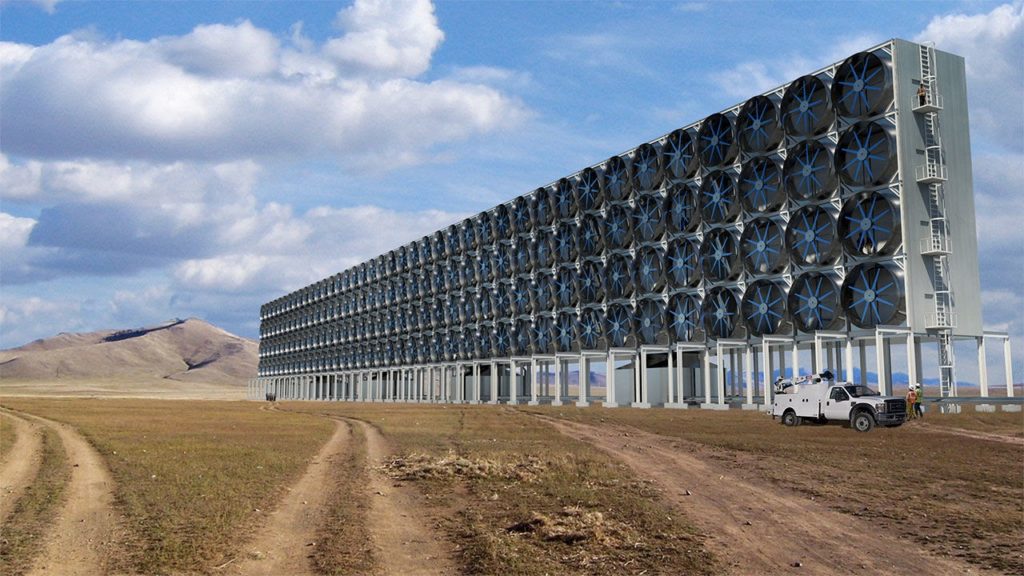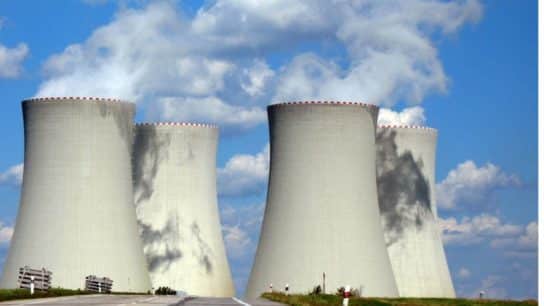The Biden administration has said that it is pushing to cut the costs of solar energy by 60% within the next decade. The US Energy Department says that this is essential to achieving Biden’s goal of 100% clean energy by 2035.
—
What is Happening?
- The solar goal, being implemented by the Energy Department, calls for reducing utility-scale solar energy’s current costs of 4.6 cents per kilowatt-hour to 3 cents by 2025 and 2 cents by 2030.
In a statement, Energy Secretary Jennifer M. Granholm said, “In many parts of the country, solar is already cheaper than coal and other fossil fuels, and with more innovation we can cut the cost again by more than half within the decade.”
You might also like: Planting the Seeds of Sustainability: How Europe’s Universities are Combating Climate Change
- The Department says that to achieve this goal, it is allocating USD$128 million in new funding aimed at lowering the power source’s cost, improving its performance and speeding its deployment. Most of the money will go to research on thin-film solar and concentrating solar-thermal technologies.
- In 2017, the cost of utility-scale solar fell to 6 cents a kilowatt hour, meeting a goal set by former President Barack Obama in 2011.
- According to the Energy Department, hundreds of gigawatts of solar energy will need to be installed at a rate five times faster than currently to achieve President Biden’s call for a carbon-free electric grid by 2035.
- Meanwhile, the administration is also planning to dramatically boost offshore wind power in the US by 2030, aiming to deploy 30 GW of offshore wind power generation by then. This would require developers to install thousands of turbines capable of generating hundreds of times more power than the two small existing installations in state and federal waters today.
- Some of the new investment may focus on the Texas coast, where the restrictions are looser and the construction costs are lower.
- Part of this investment includes $230 million in funding for port infrastructure, $3 billion in loan guarantees to project developers and awarding some $8 million to 15 research and development projects.
- The administration hopes that this will bring in more than $12 billion in annual capital investment and create 44 000 jobs.

















